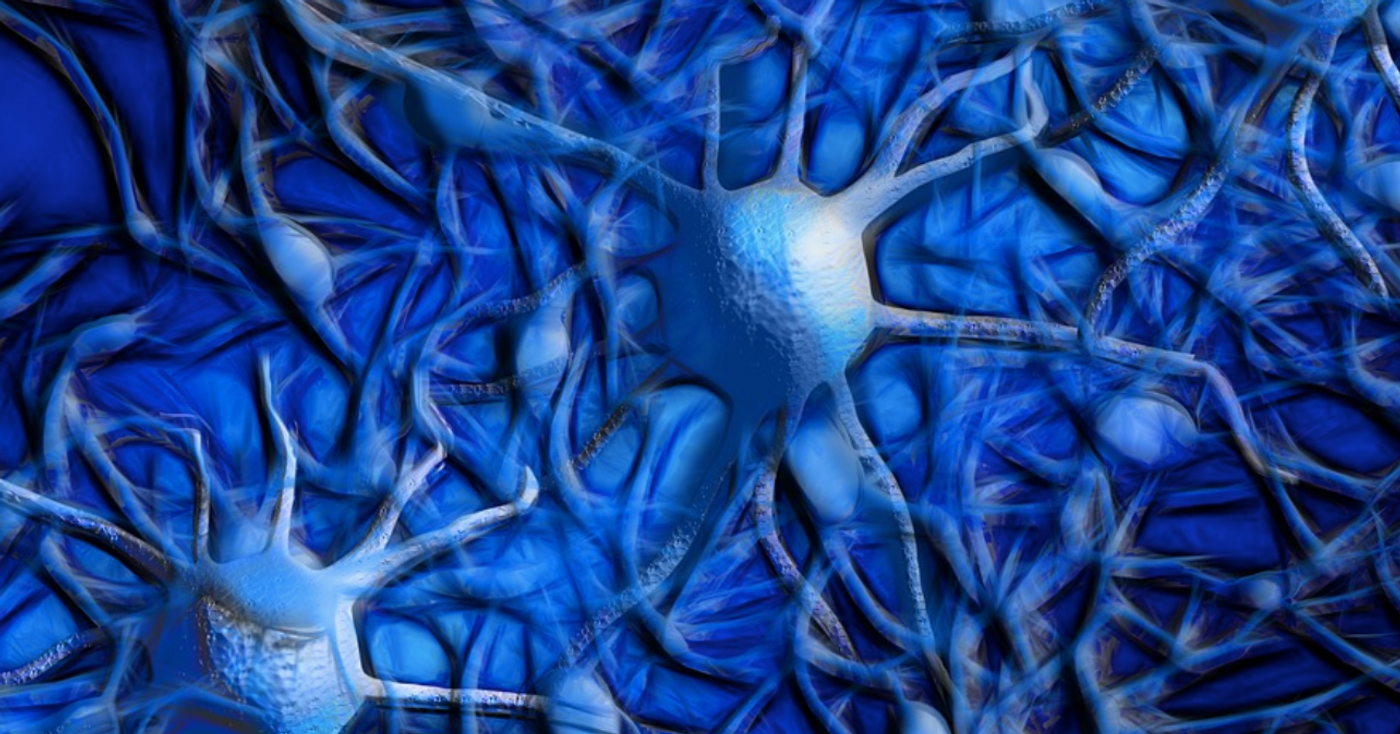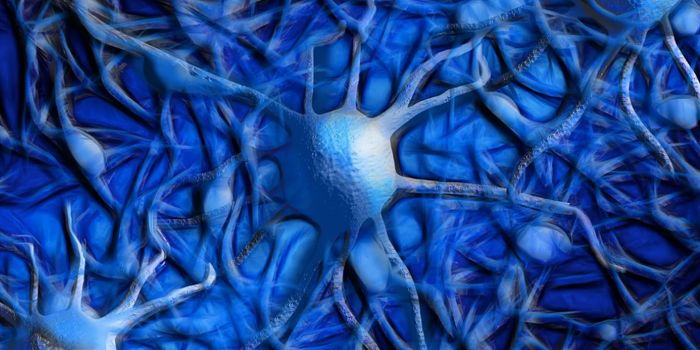Connectomics - Understanding Neural Connections & Information Flow in the Brain
Neurons in the human brain form an astonishing number of connections; it's thought that there are anywhere from tens of billions to trillions of links. Scientists that are seeking to understand those connections are creating a new field of neuroscience called connectomics, and are mapping the cellular network of the brain to create connectomes. In an ideal connectome, one could see how every neuron in the map was connected to every other neuron, explained Professor Wei-Chung Allen Lee of Harvard Medical School and Boston Children’s Hospital.
Lee's team is studying how functional networks are formed from organized neural circuits, how neurons work within those circuits, and how that relates to human behaviors like decision making and taking action.
In a new study in Nature, Lee and colleagues assessed neural connectivity and information processing in the mouse cerebellum. The cerebellum plays a critical role in cognition, social behaviors, and the coordination of smooth movements. The cerebellum helps us make fine movements and corrections in those movements so that our actual physical actions match our intentions.
The cerebellum is full of a type of neuron called granule cells. These cells have an average of four dendrites, extensions that receive signals from other neurons. The granule cell dendrites often link with another type of neuron called mossy fibers, which bring information to the cerebellum. Granule cells process that data and send it on to other neurons called Purkinje cells.
Each Purkinje cell can integrate "information from 100,000 to 200,000 granule cells." Once integrated, the information is again sent along by the Purkinje cells to other areas, and the researchers were interested in the three cell types that compose this “feedforward circuit," said Lee.
By mapping the neural connections, the study authors showed that assumptions about granule cell dendrites and random connections to mossy fibers have been erroneous. Instead, this work illustrated that granule cell dendrites do not randomly connect to mossy fibers; they selectively connect, and granule cells connect to the same mossy fibers more often than was thought. The selectively may slightly reduce capacity, but it increases pattern association, said Lee.
Connectomics can be used to assess the structure of neural circuits, and the connectivity information that is revealed can illustrate how information moves in a network. "This paper demonstrates how connectomics can be used to provide data to test long-standing theories about information processing and complex neural networks," added Lee.
Lee wants to know more about how differences in connectomics align with various human behaviors, and comparing connectomes from different species.
Sources: Harvard Medical School, Nature









